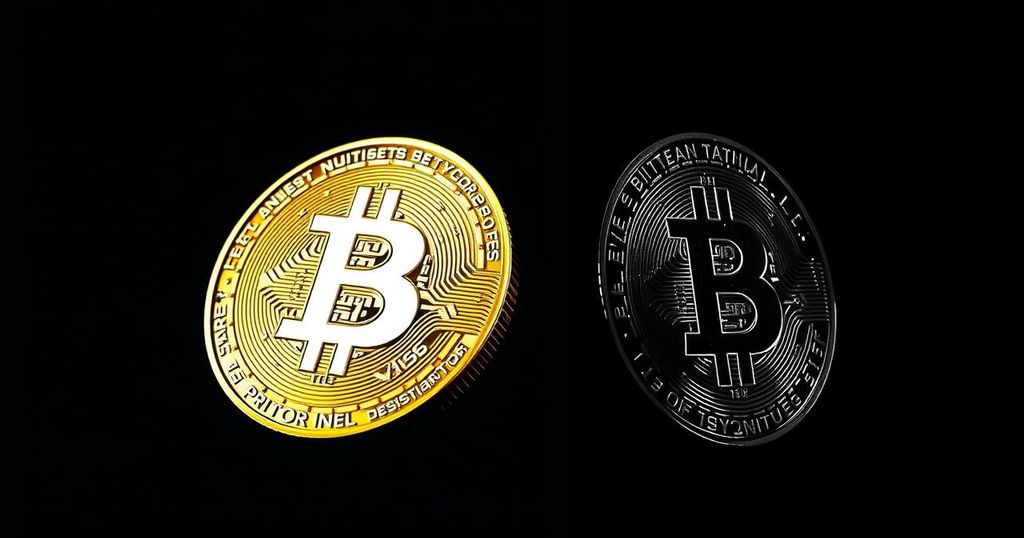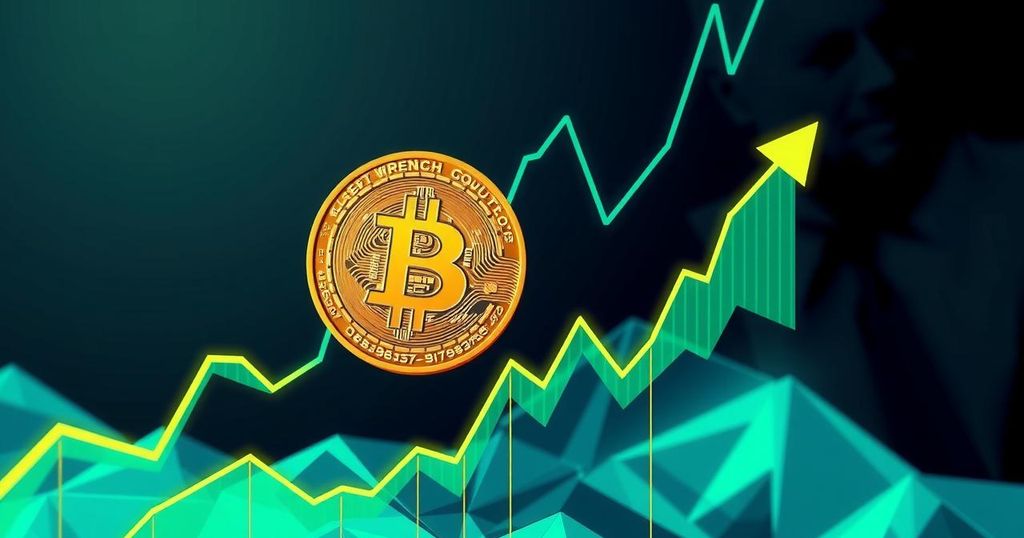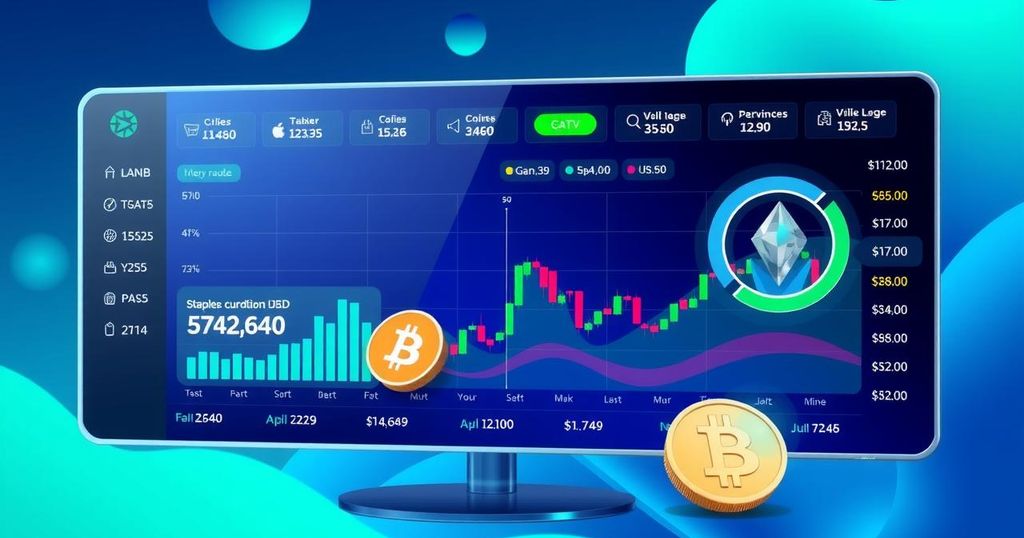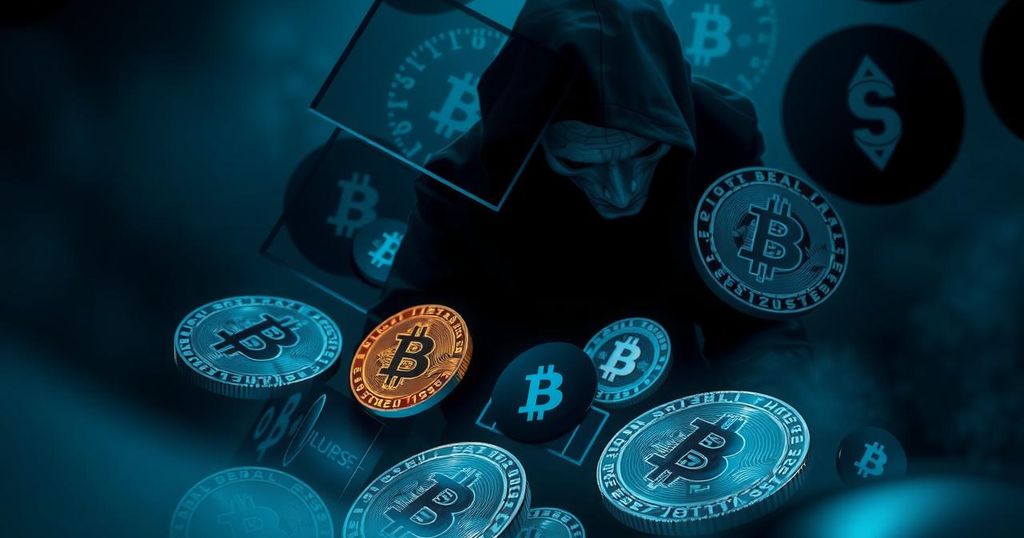Understanding Bitcoin Halving: Its Impact and Implications for Investors
Bitcoin halving occurs every four years, reducing mining rewards by 50% and impacting supply and price dynamics. The most recent halving on April 19, 2024, adjusted the reward to 3.125 BTC, historically associated with price increases. This event is crucial for addressing inflation and creating opportunities for investors, although it can diminish profitability for miners. The next halving is anticipated for 2028, further lowering rewards to 1.5625 BTC, as the crypto ecosystem adapts to changing economic realities.
Bitcoin, an enigmatic digital currency, experiences a significant event approximately every four years known as Bitcoin halving, which slashes the mining reward by 50%. This event is not merely a technical adjustment; it intricately weaves the fabric of supply and demand in the crypto cosmos. Picture Bitcoin miners, akin to treasure hunters, diligently racing to solve cryptographic puzzles, only to discover that their rewards diminish over time, thus enhancing the currency’s scarcity. With each halving, the amount of new Bitcoins entering the market shrinks, echoing the age-old economic principle of scarcity driving value.
The last halving occurred on April 19, 2024, bringing the block reward down to 3.125 Bitcoins. Historically, such halvings trigger an ascent in Bitcoin’s price, a phenomenon investors eagerly watch. However, this cyclic event acts like a double-edged sword, benefiting some—particularly those in the investment sphere—while posing challenges to miners who see their profitability eroded.
Delving deeper into the ramifications of halving, it appears as a countermeasure against inflation. Picture inflation like a sneaky thief, stealthily diminishing the purchasing power of currency over time. Bitcoin’s creators cleverly designed the halving mechanism to mitigate this effect, aiming to ensure that scarcity continually underpins its value. Yet, amidst this protective shield, the irony lies in the reality that Bitcoin’s value still fluctuates due to the broader economy.
For investors, Bitcoin halving represents both a tantalizing opportunity and a precarious gamble. The anticipation that ‘what goes down must come up’ drives them to invest ahead of these pivotal moments. Yet, spikes in price are often gradual, demanding patience and foresight. In contrast, miners face harsher realities where operational costs can outpace earnings following a halving, forcing some out of the market.
As the next halving looms in mid-2028, reducing the reward further to 1.5625 Bitcoins, the crypto landscape braces for its impact. Each halving reverberates through the network, influencing the decisions of miners, investors, and everyday users alike. Will the past trends continue to hold true, or will the market reveal surprises? In a realm that thrives on uncertainty, the only constant seems to be change, and those who navigate these waters must do so with caution and insight.
In essence, Bitcoin halvings symbolize the rhythm of a dynamic market, where opportunity dances with risk, and each cycle reinvigorates the conversation about the future of digital currency.
Bitcoin halving is a central aspect of the cryptocurrency’s architecture, designed to keep inflation in check and sustain its inherent scarcity. This event, occurring roughly every four years, adjusts the reward miners receive for validating transactions. As the simulation of diminishing returns unfolds, Bitcoin’s journey becomes an intriguing blend of economics, technology, and speculation. The halving not only curtails the influx of new Bitcoins but also significantly impinges upon market dynamics, influencing potential investors and miners alike. Understanding halvings allows stakeholders to better navigate this complex cryptocurrency landscape, enabling informed decisions amidst the chaos of market fluctuations.
In conclusion, Bitcoin halving is a transformative event that profoundly influences the cryptocurrency landscape. By curtailing the supply of new Bitcoins and enhancing scarcity, it strives to bolster Bitcoin’s value against inflation while posing challenges for miners and creating investment opportunities. As we look toward the next halving in 2028, historical patterns suggest both promise and peril, reminding investors and miners alike to tread carefully amidst the tides of change. In the grand tapestry of Bitcoin, each thread weaves a story of hope, uncertainty, and the perpetual quest for digital gold.
Original Source: www.investopedia.com




Post Comment